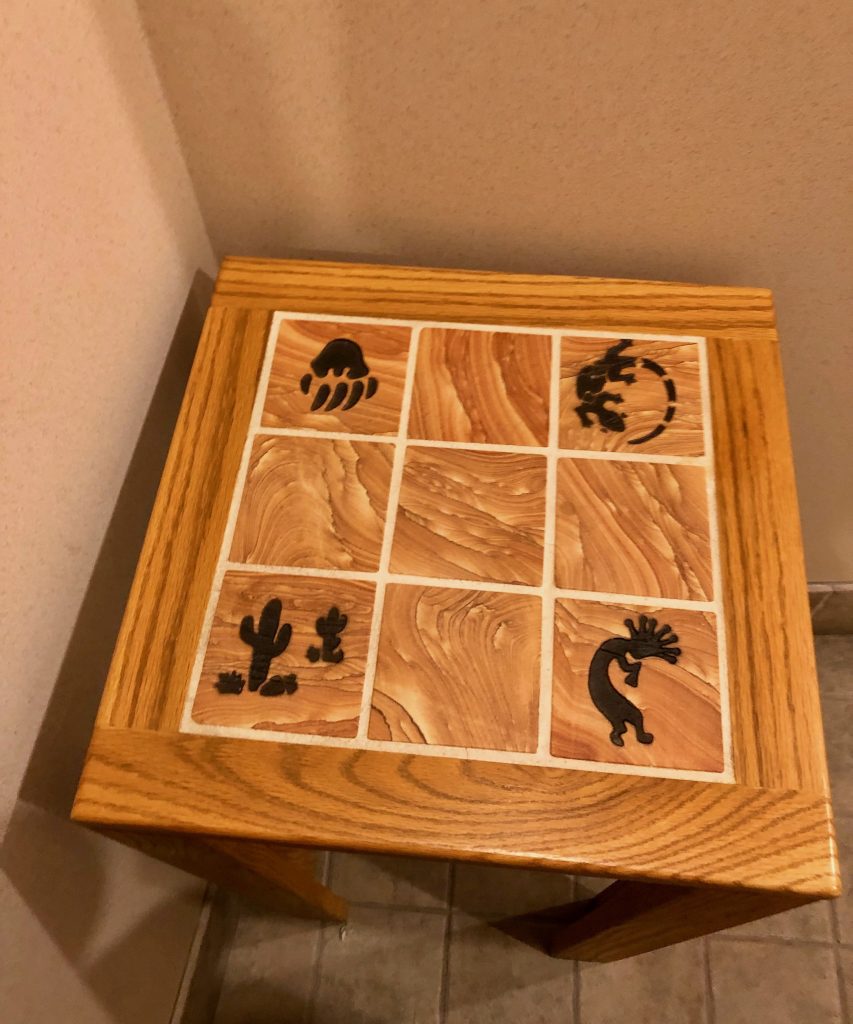The fact that the (misunderstood) Kokopelli symbol has been adopted so widely holds significant implications regarding how mainstream America relates to Native cultures. Throughout this project, I thought a lot about complexities surrounding the usages of the symbol by the dominant culture; specifically, the ways in which it has been used and the implications of those usages.
One of these considerations that I personally grappled with is the ownership (or lack thereof) of the flute player symbol and the Kokopelli name, as well as the ownership of all Native symbols, names, images, and icons. I also researched the ways the symbol has been put to use by all kinds of institutions—whether private businesses, public entities, or institutions devoted to various Native experiences like museums and preservation sites.
To learn about the lack of ownership of the Kokopelli symbol that has given rise to countless usages and reinterpretations throughout the dominant culture, please check out the “Up For Grabs” page!
To learn about the ways in which institutions devoted to Indigenous experiences have utilized the Kokopelli in clever ways, please check out the “A Tool for Native Institutions” page!
To learn about the differences in how private businesses and public entities have used the Kokopelli symbol, please check out the “Breweries, Breath Mints, & Bibs” page!

Eagle Mountain Golf Club in Fountain Hills, AZ